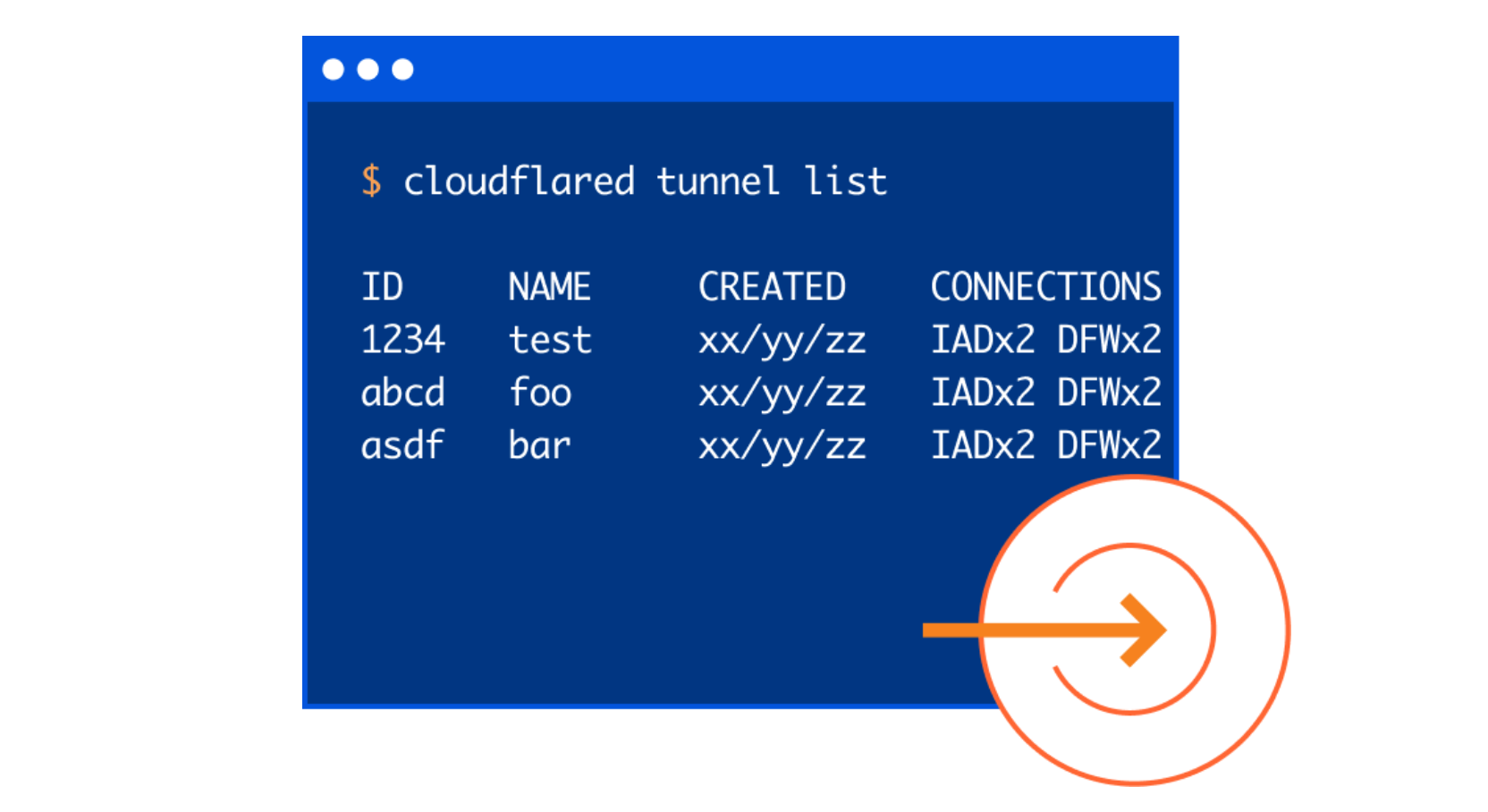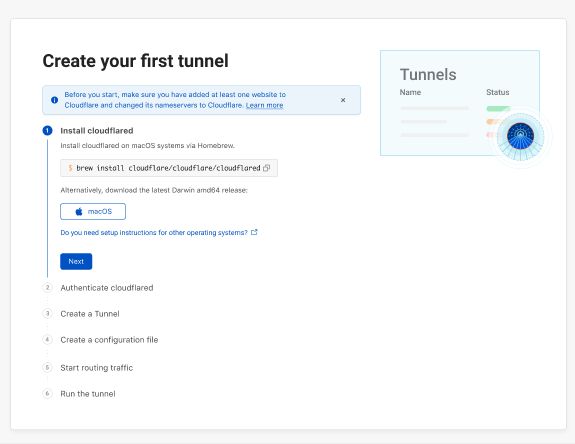Gartner: Top strategic technology trends for 2022
Digital investments, be they in AI, cloud, security, or engineering, will be among the top technology drivers for 2022, according to Gartner’s annual forecast of what it expects will be leading strategic IT trends.Gartner: IT skills shortage hobbles cloud, edge, automation growth “It is an overarching drive for organizations to do more with and scale the digital environments they have been rapidly developing during the pandemic,” said David Groombridge, research vice president at Gartner. “Most of these trends define technologies that together show how businesses will reconnect with partners and consumers to create scalable, resilient technical foundations for the future.” Gartner unwrapped its forecast at its virtual IT Symposium/Xpo Americas this week.To read this article in full, please click here




